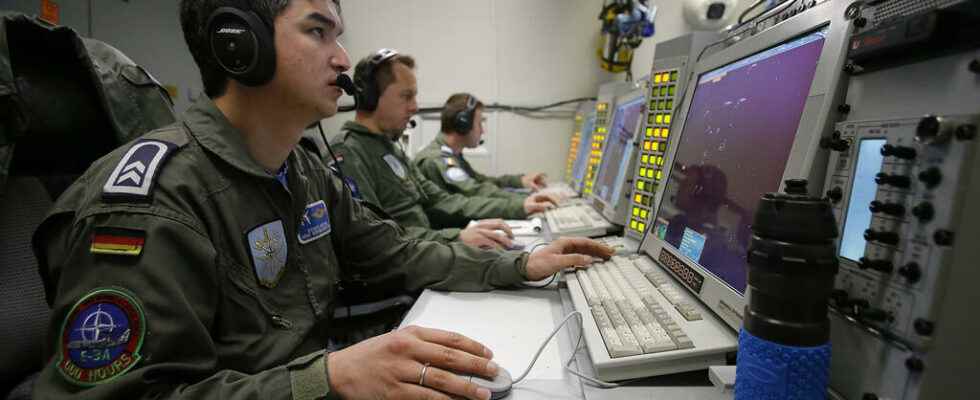Moscow acknowledged on Thursday May 5 that Western support had slowed down the Russian “special military operation” launched on February 24 in Ukraine. the New York Times had revealed earlier that the intelligence provided by Washington to kyiv had notably made it possible to target several Russian generals. Information denied by the Pentagon. Interview with Gérald Arboit, director of the intelligence studies team at the National Conservatory of Arts and Crafts (Cnam).
RFI: What information does the United States share with Ukraine?
Gerald Arboit: First of all, we mustn’t forget one thing, which is that it’s not just the Americans, but NATO that is behind Ukraine, without saying so.
This comes down first to strategic aid by intercepting telephone signals from Russian cell phones – which can indicate the day and time of generals’ meetings, for example – and by using satellite images on the ground. That’s how on the first day of the war, February 24, the Russians missed all their targets, both the planes left on the tarmacs of Ukrainian military airports and their targets on the roads they were going to take.
Then there is operational intelligence, with counter-battery radars that show where the Russians are firing from. Finally, since the start of the conflict, there have been Awacs planes circling above Romania, therefore on NATO territory, and intercepting communications in Ukraine.
This information is crucial, because it makes it possible to display the generals on the counter, we are still at almost 12 killed. And that’s starting to be a problem. Artillery capabilities are also disabled on the Russian side. Finally, intelligence brings data to the Ukrainians that allow them to score points, and almost all NATO members are involved.
Does this information sharing make the United States and members of the Atlantic Alliance (NATO) co-belligerents?
For the moment, we are not at war, neither the United States nor any member of NATO. “Co-belligerence” is not a term that exists legally. On the other hand, politically, we can clearly see that it is NATO that has chosen a side, the Ukrainian side, against Russia.
But how far is this position still tenable?
This intelligence position is “invisible”. We talk about it, the American and British media essentially talk about it, but it is something that cannot be seen, that is odorless. So the Russians cannot prove that the information that enabled the Ukrainians to score points came from the United States, France or Germany. Of course, the position is difficult to maintain because we are objectively helping the Ukrainians, but we have not declared war on the Russians.
There, we are really on a NATO commitment, which also concerns armament. But this is not new: since 2015, NATO has been engaged behind the Ukrainians.
There is however a very visible communication. In any case, there is a desire to show that, in one way or another, the Americans or the intelligence of Western countries are active in this conflict…
The Biden administration needs to explain to the American people that they are committed to freedom in this fight. And since they have not sent troops, they are obliged to communicate on what they have, namely intelligence. And that is a strength that the American media have: they have access to press briefings from the Pentagon, the CIA, the NSA on this kind of issue, whether official or unofficial press briefings. We are in a system that is accepted.
